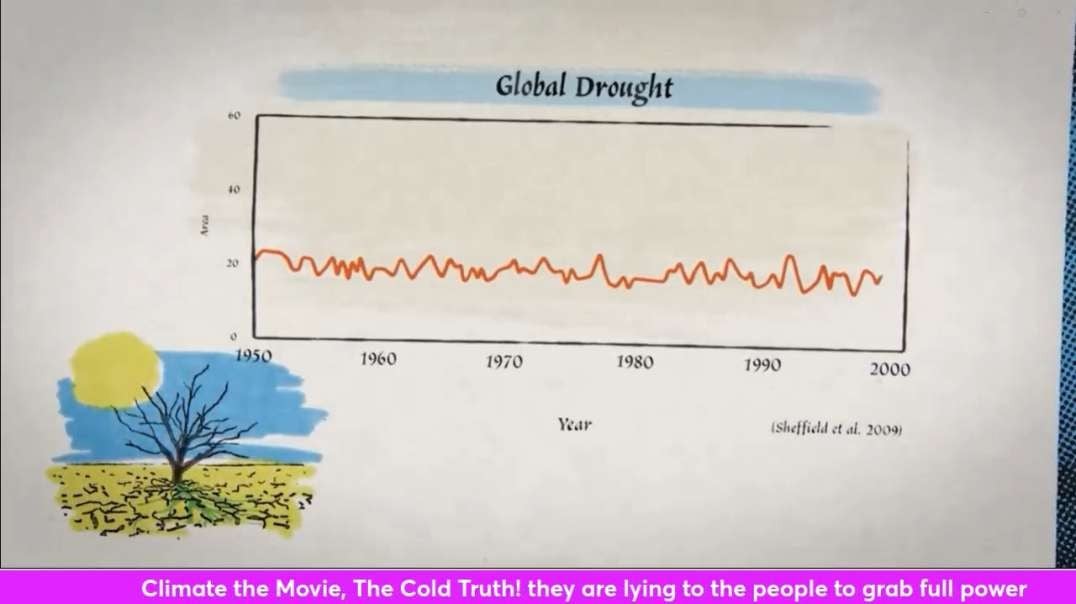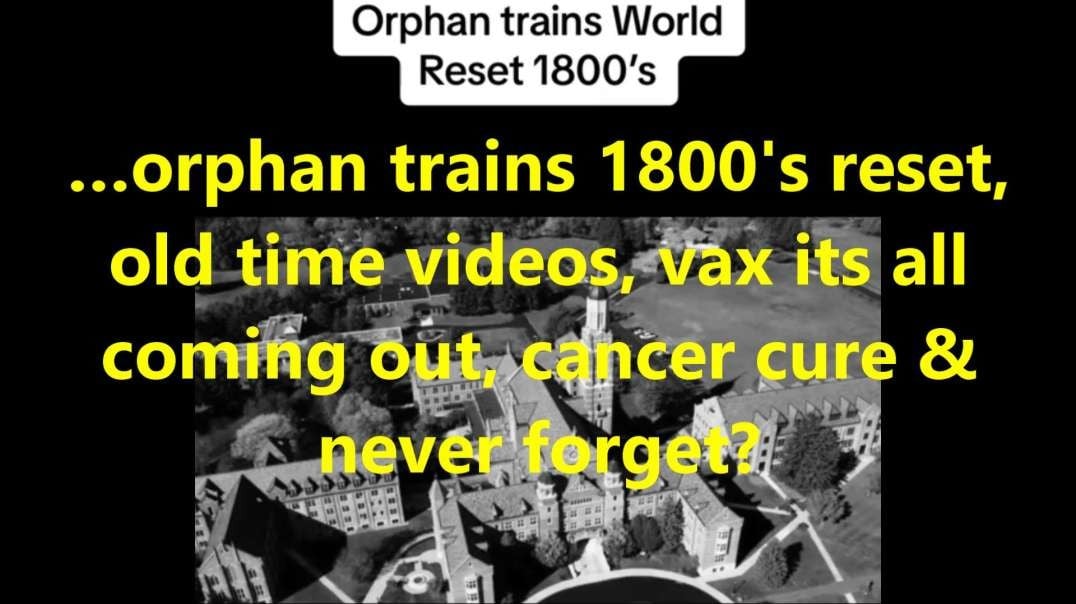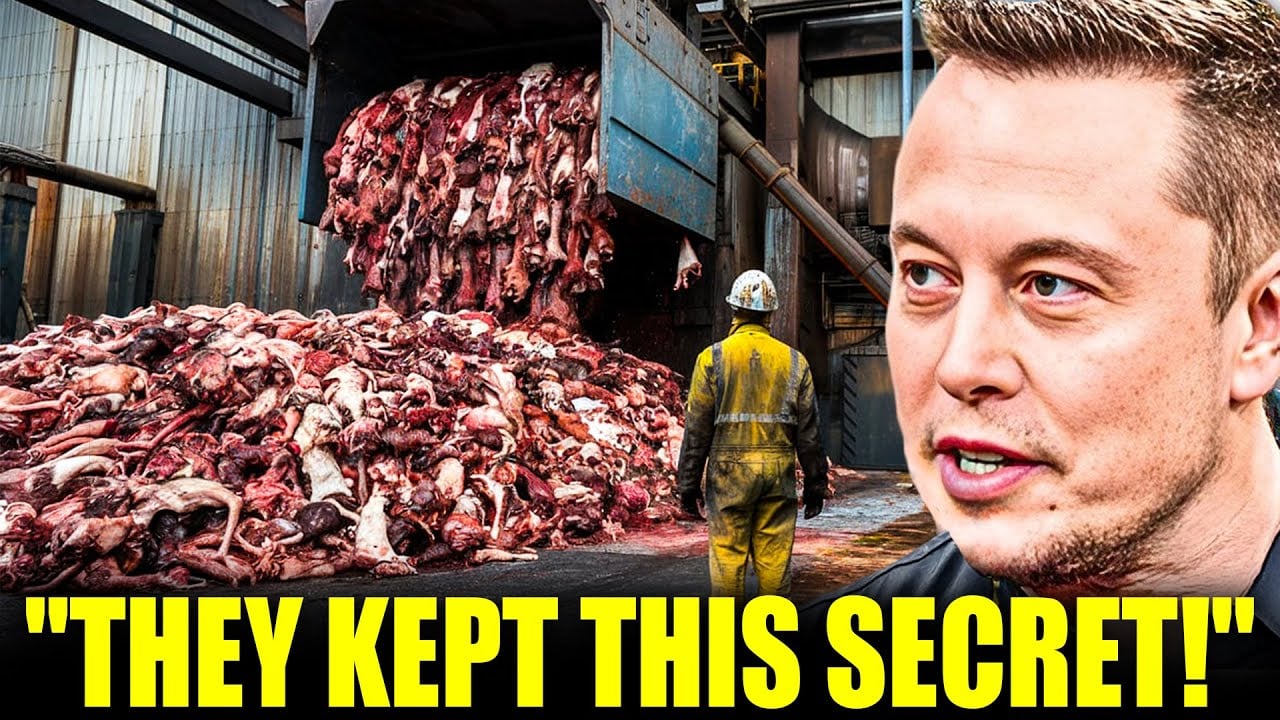The Diesel Story - How the EU Pretended to Fight Climate Change While Poisoning its Citizens
Support the channel by shopping through this link: https://amzn.to/3RIqU0u
Patreon: https://www.patreon.com/d4a
Become a member: https://www.youtube.com/channel/UCwosUnVH6AINmxtqkNJ3Fbg/join
Motivation: https://www.youtube.com/channel/UCt3YSIPcvJsYbwGCDLNiIKA
Sources:
https://www.transportenvironment.org/uploads/files/2017_09_Diesel_report_final.pdf
https://www.sciencedirect.com/science/article/pii/S1352231018307295
https://enveurope.springeropen.com/articles/10.1186/2190-4715-25-15
https://op.europa.eu/en/publication-detail/-/publication/19122540-1c17-45be-b5e9-0389871edb73
Have you ever wondered why diesel car sales experienced a boom in Europe but nowhere else in the world?
To answer this we must begin way back in 1973, with the first oil crisis which occurred the Organization of Arab Petroleum Exporting Countries or OPEC initiated a total oil embargo. The result was a shock and dramatic shortage of crude oil that caused the price of a barrel of oil and derived products to increase by 300% shortly after the embargo was put into place.
The problem with the European oil processing industry in the years after the 1973 oil crisis was that they no longer had buyers for their heavy distillates because the energy generation and heating systems of Europe had transitioned to other sources.
But oil refineries weren’t the only ones impacted by the oil crisis. Vehicle manufacturers also suffered because the dramatic increase in fuel prices lead to a dramatic decrease in car sales.
So manufacturers sought to offer buyers more fuel efficient alternatives in the form of vehicles with diesel engines which are naturally more fuel efficient than their gasoline counterparts. The main reasons behind this being that diesel engines naturally operate at noticeably higher compression ratios, they don’t need a homogenous air fuel mixture and don’t require a throttle body to function which means that they can run at very lean air fuel ratios and don’t suffer from pumping losses.
Faced with reduced taxation, improved fuel economy and better performance and driveability in the real world many buyers started started switching to diesel engined cars. If we look at the data it becomes obvious how dieselisation was never a matter of user preference or different tastes in Europe and the US or other countries. If we compare Japan and Europe we can observe very similar low rates of diesel share in the market. The markets only start diverging when European legislation started strongly favoring diesels and creating incentives for buyers. If we observe Europe on a country by country basis we can see that diesel adoption is highest in countries like France for example where legislation and taxation was very favourabnle for diesels.
But initially it appeared thst the mass dieselisation of the vehicle market was a win for everyone in Europe. Oil refineries got a market for their products. Consumers got better cars. Car makers got profits. C02 emissions got reduced. Almost sounds too good to be true. .Well pretty soon it became clear that it indeed all was too good to be true because as time moved on and emissions standards became more stringent it became evident that getting diesel engines to meet new emissions standards was far harder than it was originally envisaged by the Auto Oil 1 and 2 programmes.
And so Manufacturers started reducing the compression ratio of diesel engines to reduce nitrogen oxide emissions. Which sort of defeats the purpose of a diesel engine because reducing the compression ratio also reduced efficiency and power output. To restore power manufacturers increased the boost pressure from the turbocharger which lead to increased C02 emissions which ultimately resulted in equivalent diesel and petrol engines having pretty much the same power output and the same C02 emissions.
But in 2015 it became evident just how far manufacturers were stretching the truth when it was discovered that VW had to cheat to meet US emissions tests. They reprogrammed their diesel vehicles to be able to detect when they are undergoing emissions testing and then run the engine in a reduced performance mode in order to generate reduced emissions and pass the test. When not being tested and driven in normal conditions the vehicles were actually emitting 14 times more nitrogen oxides then the allowable US limit and 3 times more than the Euro 5 emissions standard.
A special thank you to my patrons:
Daniel
Pepe
Brian Alvarez
Peter Della Flora
Dave Westwood
Joe C
Zwoa Meda Beda
Toma Marini
Cole Philips
#d4a #diesel
00:00 Why so many Diesel cars in Europe?
01:02 Oil Crisis
03:38 Refineries have a problem
05:36 Oil prices go UP, Car sales go DOWN
08:51 Creating the Justification
11:30 Changing the Legislation
16:53 The Scandal
20:55 The Aftermath
24:23 Have We Learned Our Lesson?
Original video: https://www.youtube.com/watch?v=w8r2xnITnqA




















